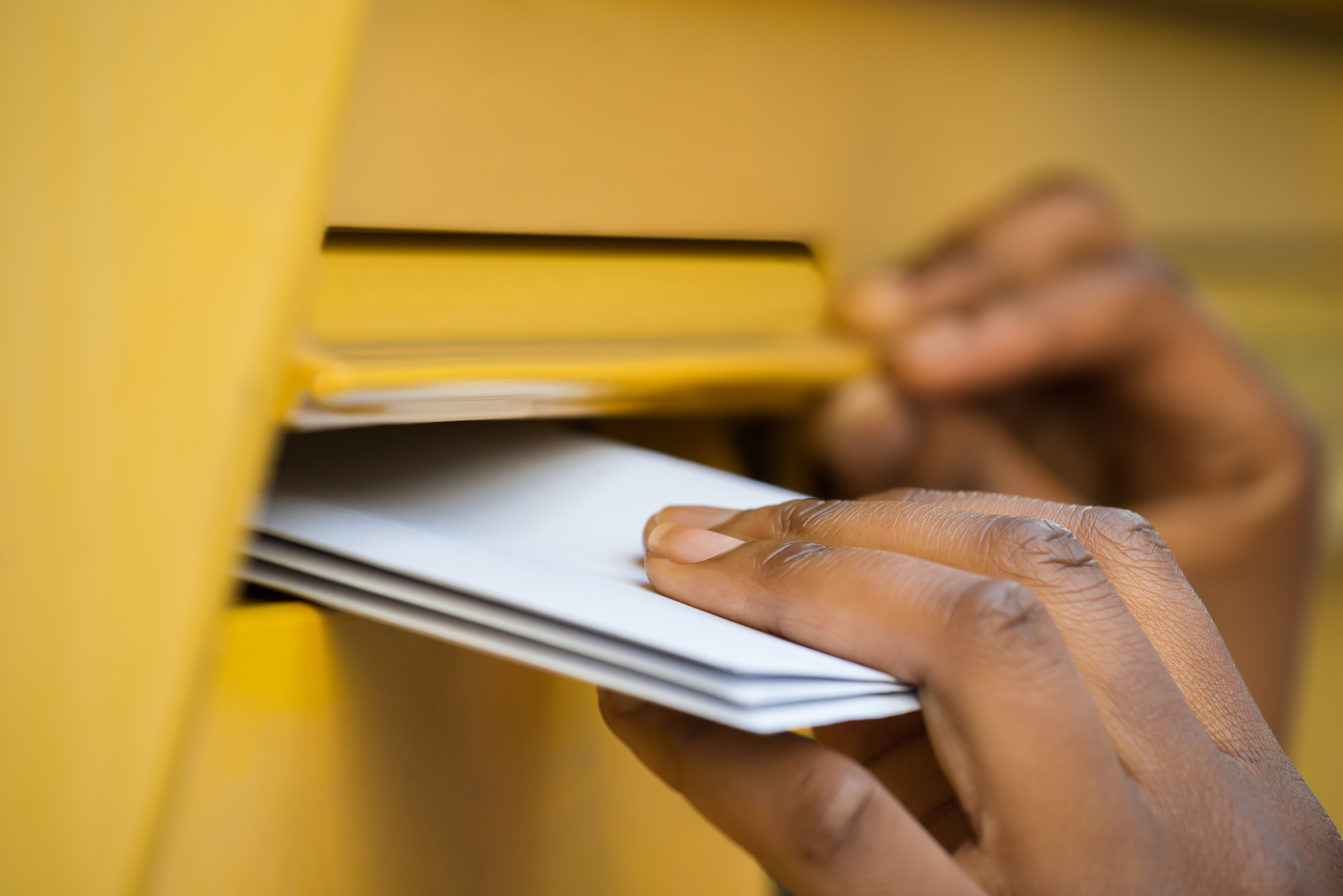Modern Direct Mail Marketing Strategies
The wants and needs of consumers vary more dramatically than ever these days. Gen Z (11- to 26-years old) are entering the conversation and yet Baby Boomers (59- to 77-years old) are also still relevant targets. When trying to reach such a wide array of individuals who span a spectrum of demographics and psychographics, which marketing channels should you turn to? Even though there are now many methods of outreach, direct mail is still a tried-and-true option for gaining and keeping consumer attention.
The Effectiveness of Direct Mail Marketing
It’s probably not surprising to you that 70% of Gen X (43- to 58-years-old) feel mail is more personal than online digital communications and are more likely to read promotional mail than emails, according to a study conducted by the Shamrock Companies, Inc. On the other hand, a more interesting set of statistics from the USPS states that nearly 90% of Millennials (27- to 42-years-old) love receiving mail and 57% of Millennial respondents acted on direct mail offers. Since the rise of digital marketing, there has been talk of direct mail being on its way to extinction, but year after year it continues to prove itself as a viable means of communication for audiences of all ages.
Direct mail even continued to provide a return on investment through the pandemic. Like most industries, there was a brief decline in successful usage during the second quarter of 2020. However, the numbers bounced back quickly and now the average response rate fluctuates between 2.7% and 4.4%. Comparatively, email’s response rate is around 0.6%.
Overall, the pandemic boosted the use of direct mail by marketers. Many realized that during the long periods of quarantine and isolation, people were experiencing extreme digital fatigue. Marketing messages sent out via online channels were getting lost in the crowd all too often. But while consumers were increasingly ignoring their email inboxes, the same cannot be said for their physical mailboxes. According to Lob, 77% of USPS customers who check their mail daily sort through it immediately. Another study found that 30% of people are spending more time reading direct mail promotions now than they did pre-pandemic. Not only are consumers receiving and reading direct mail in a timely fashion, but they are also taking action. Direct mail influenced as much as 83% of purchases over the last few years.
Direct Mail Design Techniques That Still Work
So, how can you harness the lasting power of direct mail for yourself? While some things have changed, a lot of the advice on direct mail we’ve been giving for years is still valid. The ability to easily take advantage of haptics, or the science of transmitting information through sensation, remains one of the biggest differentiators for direct mail. Being able to physically connect with a message by picking it up and touching it versus passively seeing it on a screen makes a world of difference. Not only does it grab immediate attention, but by stimulating multiple senses it’s also creating a more memorable experience. Your direct mail designs should always take this into account.
Adding unique embellishments to your direct mail (such as die cuts, embossing, debossing, special coatings, and foil stamping) are several ways to further engage a recipient’s sense of touch. Of course, the more embellishments you add the more you’ll need to increase your budget. However, even though you’ll be up against less competition than those sending email, you still need to try and stand out. Embellishments that can be done to standard size mail pieces without adding much weight are a true asset since, although they have cost implications on the print side, in most cases they do not impact the cost of postage.
There are plenty of simple ways to make a design more interesting. Color alone, whether that of the ink or the paper, packs a big punch. Up to 90% of the snap judgments consumers make about products can be attributed to the colors used on the product, its packaging, and in its marketing. Different papers also have different physical qualities before they are manipulated so this may be one way to get around adding finishes after the fact such as specialty coating. But as you’ll come to learn, if you don’t know already, getting your hands on a specific paper you’d like to use is easier said than done these days.
How Paper Availability Affects Your Direct Mail Campaigns
Although we’ve discussed it before, it’s worth mentioning again that paper supply is still low. The situation is improving, but to some degree foreign papers remain stuck at backed up ports. Domestic papers are just as hard to come by since there are fewer mills producing paper than there were pre-pandemic due to continued closures, cutbacks, and conversions from printing paper to packaging material. Those that have stayed in operation and in the business of making print paper are at or near capacity, which has led to an allocated market. This means that one absolute necessity of running a successful direct mail campaign now is to be extremely flexible about your paper choice.
What You Need to Know About the Rising Costs of Postage
It is normal for postage increases to occur in response to inflation costs and the fluctuating Consumer Price Index at the beginning of each year. However, recent hikes have been a bit heavier and a lot of this is because of “Delivering for America.” This is a 10-year plan that the USPS put into place in 2021 to reverse a projected $160 billion in operating losses and to improve infrastructure, efficiency, and reliability within the organization.
Some of the funding for this plan comes from the money they make through postage, so it only makes sense that First-Class, Marketing Mail, and Non-Profit Mail products saw increases anywhere from 3% to 24% in 2023. This is important to keep in mind because while playing with size, shape, and weights of direct mail pieces is a fun way to engage recipients, this may not be the right year to do so unless you have a hearty budget. Instead, go back to basics and brainstorm design elements that you can incorporate without straying too far from standard, affordable formatting.
Work With the USPS, Not Against
One resource that the USPS offers which can help you think outside of the design box without breaking your budget is their Promotions & Incentive Program that is updated yearly. There are different options which are staggered and run anywhere between three to six months. The first two promotions of 2023 are Personalized Color Transpromo and Tactile, Sensory, & Interactive Mailpiece Engagement. Both end on July 31st so their time is running out, but they are still worth mentioning as good examples of which direct mail printing techniques are currently trending. As previously mentioned, using color or print embellishments to highlight important messages on your direct mail are both great strategies. The Personalized Color Transpromo also incorporated another tip that we give out a lot, which is to take advantage of variable data printing to make your mail more personalized.
The remaining promotions that you can still register for this year are Emerging & Advanced Technology, Reply Mail IMbA, Informed Delivery, and Retargeting. The whole point of this USPS program is to incentivize the use of new technology and print techniques by offering you a discount on postage. Another great feature of these opportunities is that they can help you integrate your print and digital marketing.
Finally, whether you register for any of these promotions or not, something else you should think about beyond design is your mailing list. Keeping your list up-to-date, clean, and segmented can save you money and increase your response rates since you can be sure that you’re only sending messages to the correct addresses for people who are most likely to be truly interested in what you have to say. There is always more to discuss when it comes to designing, printing, and sending direct mail, so if you have any questions, please do contact us at any time.





Leave a Reply